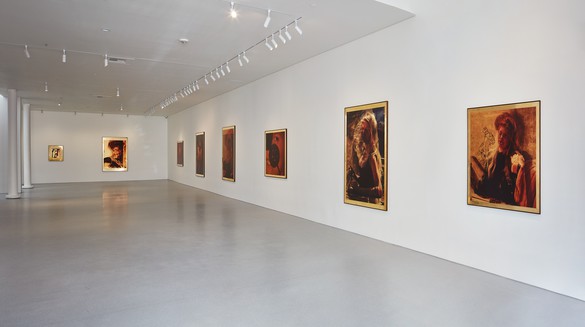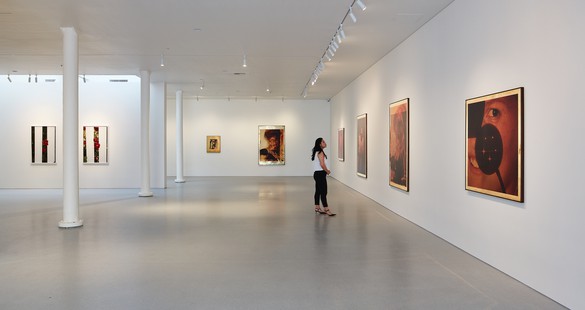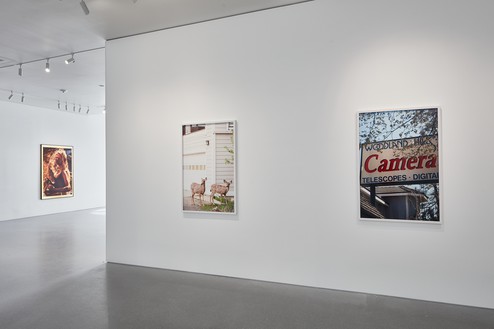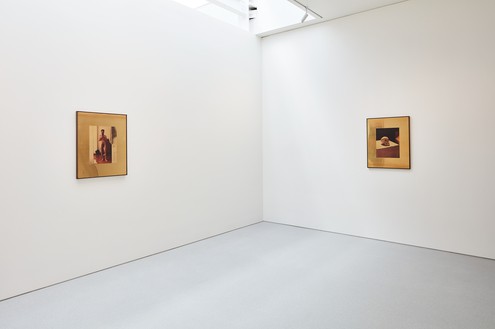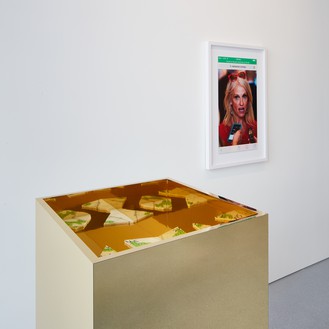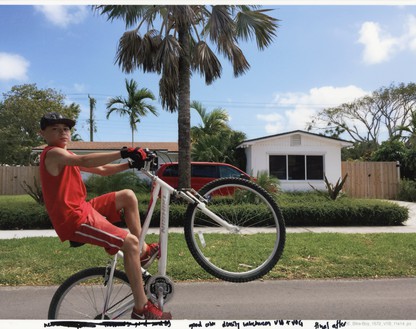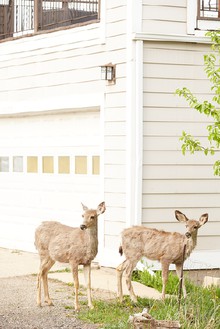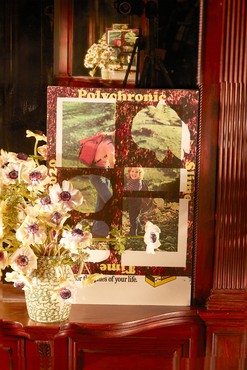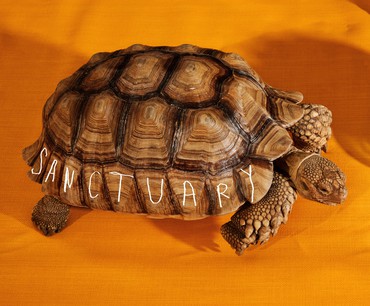About
An image has to sing. It’s not just something to decode and find the true meaning of. I have to feel its harmonies and disharmonies.
—Roe Ethridge
Gagosian is pleased to present Innocence II, new photographs and sculpture by Roe Ethridge. This is his first solo exhibition in San Francisco.
In Ethridge’s photographs the real is used to suggest, or disrupt, the ideal. Through commercial images of fashion models, products, and advertisements, as well as intimate moments from his own daily life, he reveals the fine line between the generic and the personal, merging art-historical genres with the image culture of today.
Innocence II includes a new series of large-scale layered photographs printed on brass. Multiple exposures and transparencies synthesize on the gleaming metallic surface, producing near-alchemical effects, as if each detail were made of light itself. Thus Ethridge echoes the very mechanics of photography, enhancing the medium’s ability to evoke the passing of time. Seven of the brass works feature photographs of model Louise Parker, some of which also incorporate Looney Tunes characters, silhouetted objects, and brick walls. Though Parker appears throughout Ethridge’s oeuvre, these photographs were the first he ever took with her. Repurposing his personal archive, he uses the past as source material from which to produce hybrid, even monstrous, portraits—misplaced eyes, smiles, and other features disrupt the integrity of the original photographs.
Smaller photographs on brass include a series of self-portraits of Ethridge at various ages and in different guises. In one, as a six-year old, he leans against a tree in a park, and in another, as an adult, he stands nude before a long mirror. These two works, plus Skull on Brass (2017)—which depicts a plastic replica of a human skull—correspond to the three ages of man, often represented in Renaissance painting as childhood innocence, mature manhood, and death. Ethridge counters the allegorical, meditative themes of the brass works with photographs that communicate topical and immediate sensations—from a scaled-up iPhone screenshot of Kellyanne Conway in mid-sentence, to red roses poking through a white picket fence, to scenes from his childhood neighborhood in the suburbs of Miami (which he revisited, observing it as an outsider). Ethridge’s sculptures also reveal how seemingly ordinary objects, depending on their presentation, can become cryptic symbols and biographical markers, as in several pedestal-like brass bins containing references to previous bodies of work, such as apples and cigarettes. Drawing upon the directness and ubiquity of photography, Ethridge endows his work with a musical quality: if the brass works are the slow, unfolding melody, then the flowers, bicycles, and signs that populate his images are the metronomes, keeping time.
Share
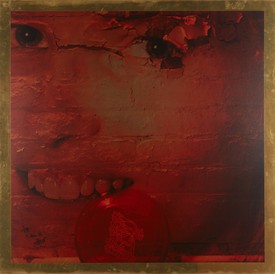
Self-Reflections: Roe Ethridge Innocence II
Angela Brown considers the wide-ranging photographs included in Roe Ethridge: Innocence II.

Now available
Gagosian Quarterly Spring 2023
The Spring 2023 issue of Gagosian Quarterly is now available, featuring Roe Ethridge’s Two Kittens with Yarn Ball (2017–22) on its cover.
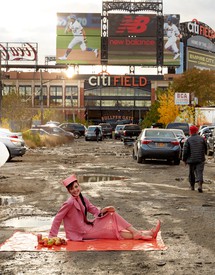
In Conversation
Roe Ethridge and Antwaun Sargent
From his early work for magazines in the 1990s to recent projects with the designer Telfar Clemens, Roe Ethridge has consistently challenged the distinctions between commercial and conceptual photography that long defined the medium. Antwaun Sargent recently caught up with him to discuss the moment that confirmed the artist’s understanding of the photographic image’s potential for boundary-hopping ubiquity in the contemporary era.
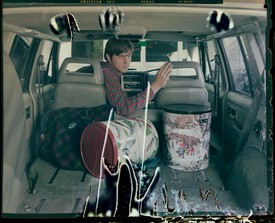
Shortlist
Twelve Tracks: Roe Ethridge
Roe Ethridge shares the transportive powers of his playlist “Teenage Chemicals in 1985,” a soundtrack that began playing in those formative years and hasn’t stopped since.
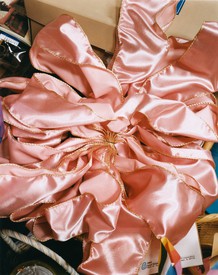
Roe Ethridge
During a conversation with David Rimanelli, Roe Ethridge reflected on photographs that he made during the late 1990s and early 2000s after moving to New York. They spoke as Ethridge was preparing for his exhibition Old Fruit.
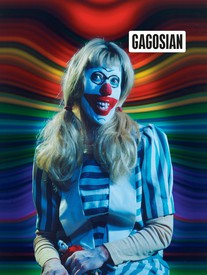
Now available
Gagosian Quarterly Spring 2020
The Spring 2020 issue of Gagosian Quarterly is now available, featuring Cindy Sherman’s Untitled #412 (2003) on its cover.
News
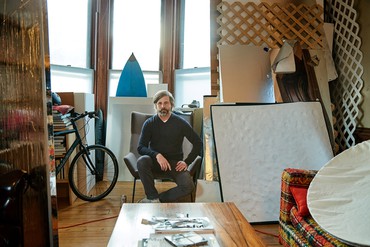
Artist Spotlight
Roe Ethridge
April 29–May 5, 2020
In his photographs, Roe Ethridge uses the real to suggest—or disrupt—the ideal. Through commercial images of fashion models, products, and advertisements, as well as intimate moments from his own daily life, he subverts the residual authority of established artistic genres such as the still life or the portrait, merging them with the increasingly pervasive image culture of the present. The continuous cross-pollination of fine art and applied photography has come to be the hallmark of Ethridge’s practice.
Photo: Vincent Dilio
